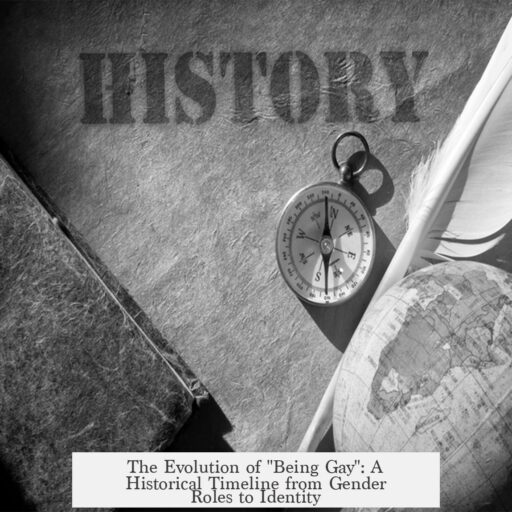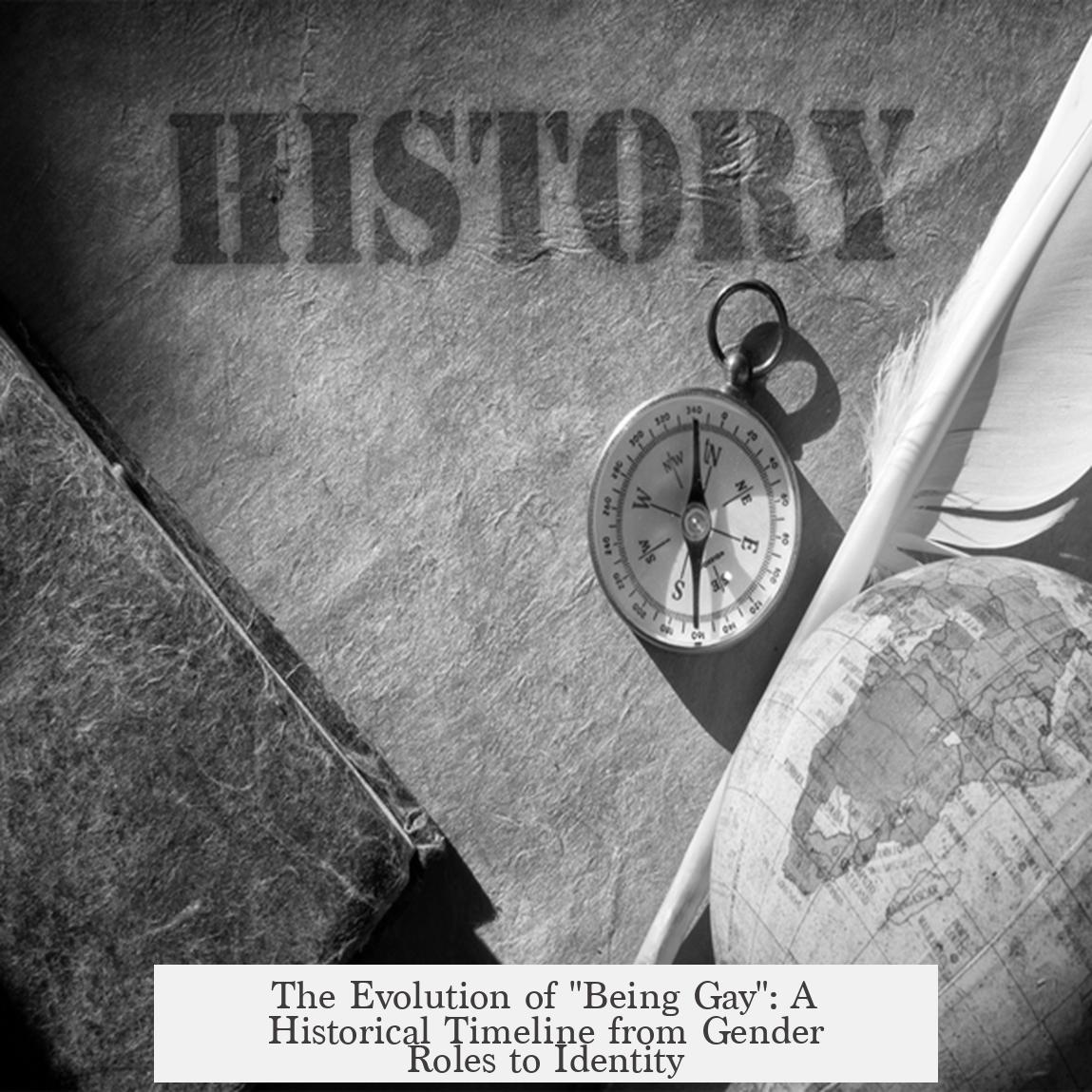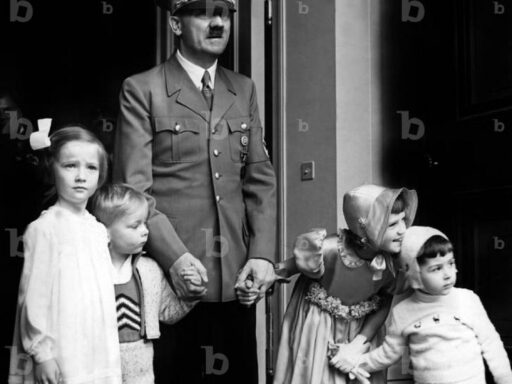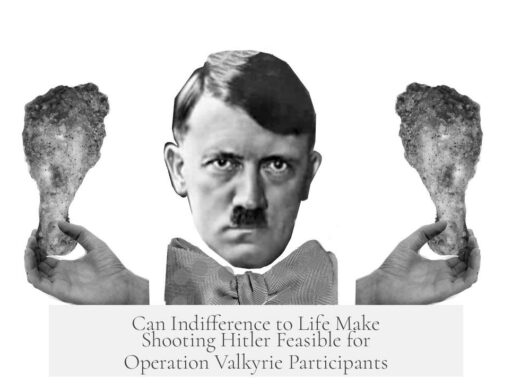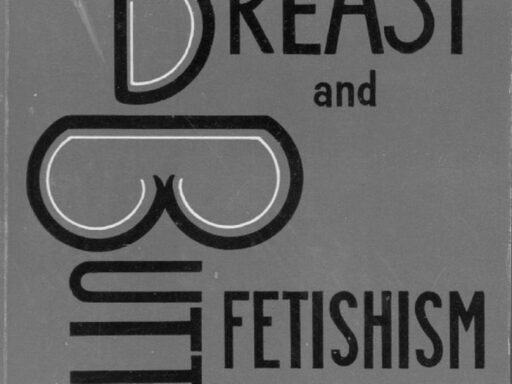The concept of “being gay” as an identity becomes recognizable in the early 20th century, particularly during the 1920s to 1940s, as society transitions from understanding same-sex behavior purely through the lens of gender presentation to viewing sexuality as a fixed, singular identity.
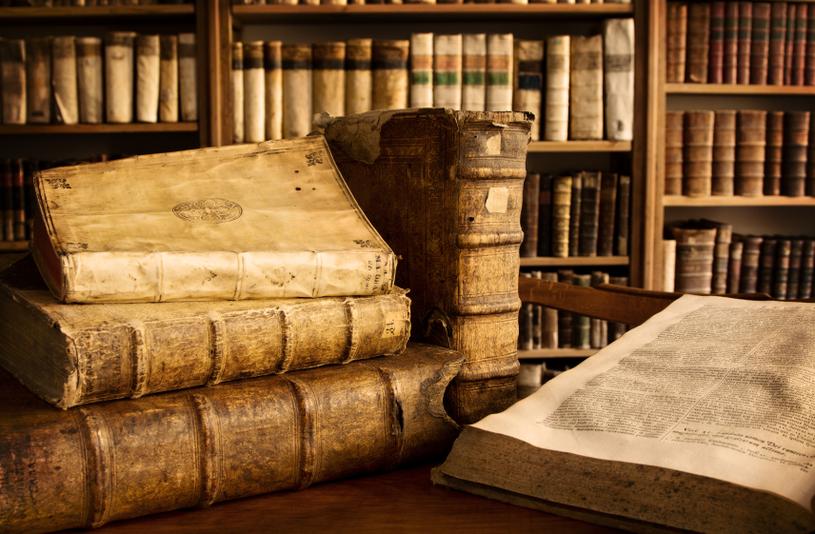
Before the 1920s, Western societies did not frame sexual behavior in terms of “homosexuality” and “heterosexuality” as stable identities. Instead, social categories centered on gender expression and roles, especially among working-class men who engaged in sex with other men. These men were classified into distinct groups based on their behavior and appearance.
- Fairies: Men who exclusively had sex with other men and embraced femininity. They often dressed in flamboyant styles, such as red ties or green suits with colorful feathers. Fairies took the receptive sexual role and were sometimes considered a “third sex” due to their feminine characteristics. Their existence allowed masculine men to engage sexually with them without risking social stigma, as long as the masculine men retained their dominant role.
- Queers: Men who desired other men but rejected feminine behaviors or attire. This category was innovative for separating sexual attraction from gender presentation. Queers sought to maintain a masculine identity while openly expressing attraction to men.
- Trade or Rough Trade: These men were regarded as socially “normal” or straight. They often worked in masculine occupations and could be sexual partners to fairies. Their acceptance demonstrated that masculinity was a crucial standard in defining social sexuality.
This approach to same-sex relationships considered gender roles more important than the sexual acts themselves. Male identity and social standing were closely tied to masculinity rather than sexual orientation. This working-class understanding contrasts sharply with later middle-class ideas.
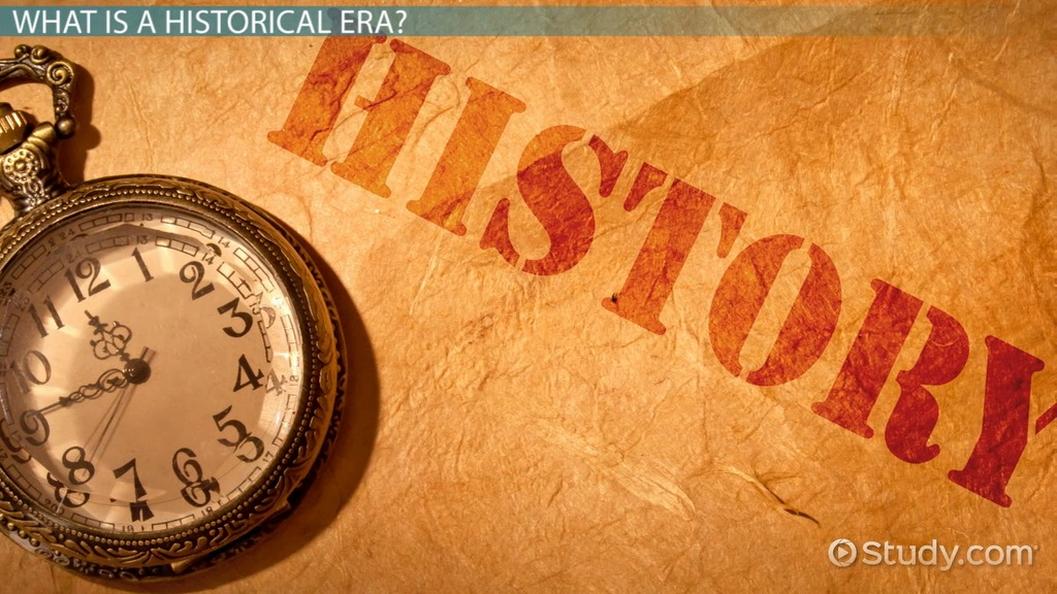
From the 1920s, social changes prompted a shift toward seeing sexuality as a core, unchanging part of identity. This was partly due to middle-class men’s anxieties caused by women’s growing public roles and the decline of traditionally male jobs. They began policing male behavior more strictly and redefining masculinity with a greater emphasis on heterosexuality.
Bodybuilding and physical strength became symbols of rugged masculinity. Men defined themselves in opposition to women and any sexual activity outside heterosexual norms. Middle-class culture insisted that male masculinity depended on exclusive attraction to women.
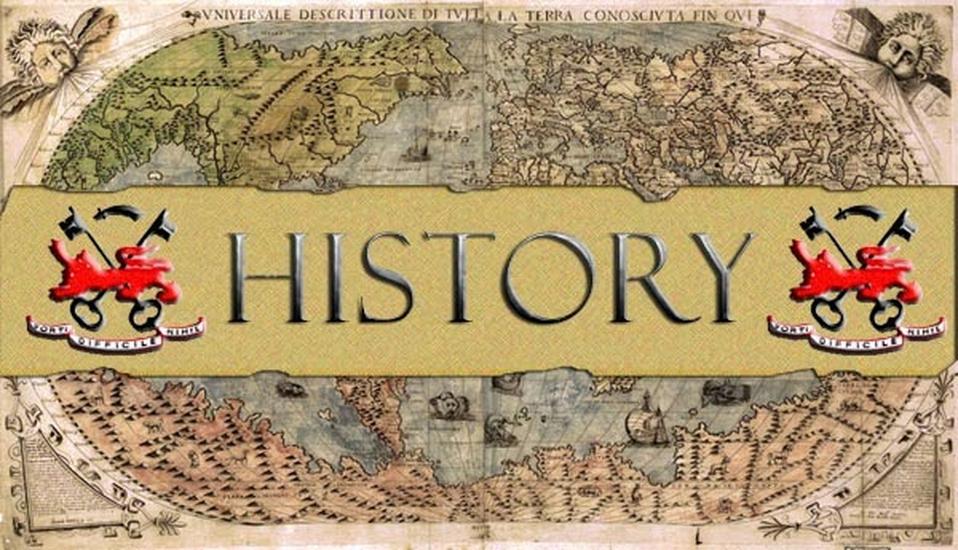
Conversely, among working-class men, the older model persisted longer. Masculinity retained its importance, but as long as a man remained the penetrating partner and avoided femininity, sexual activity with other men did not necessarily threaten his social status.
This period marks the beginning of the terminology “gay” being used to describe same-sex attraction. As people started understanding sexuality as a singular, stable category, the term “gay” emerged to identify men attracted to men, separating desire from gender presentation.

| Timeframe | Key Characteristics |
|---|---|
| Pre-1920s | Sexual behavior categorized by gender roles: fairies (feminine receptive), queers (masculine-attracted men), trade (masculine straight men). No concept of fixed sexual identity. |
| 1920s-1940s | Shift toward viewing sexuality as fixed identity. Middle-class men redefine masculinity; enact strict heterosexual norms. “Gay” begins as term for homosexual desire. |
Understanding this history reveals that “being gay” as a fixed sexual identity is modern. Historically, men who had sex with men could maintain masculine identities if cultural codes were followed. The evolution of the term “gay” and the concept of sexual identity emerged with social changes, anxieties about gender, and shifting norms in the early 20th century.
- The term “gay” related to homosexuality develops alongside the idea of sexuality as a fixed identity.
- Before the 1920s, categories like fairies, queers, and trade reflected social roles more than sexual orientation.
- Middle-class anxieties about masculinity in the 1920s-1940s drove stricter divisions between heterosexuality and homosexuality.
- Working-class views focused on gender presentation, allowing sexual activity between men without necessarily defining identity.
- The modern conception of being gay is a product of 20th-century social and cultural transformations.
When Did “Being Gay” Become a Thing?
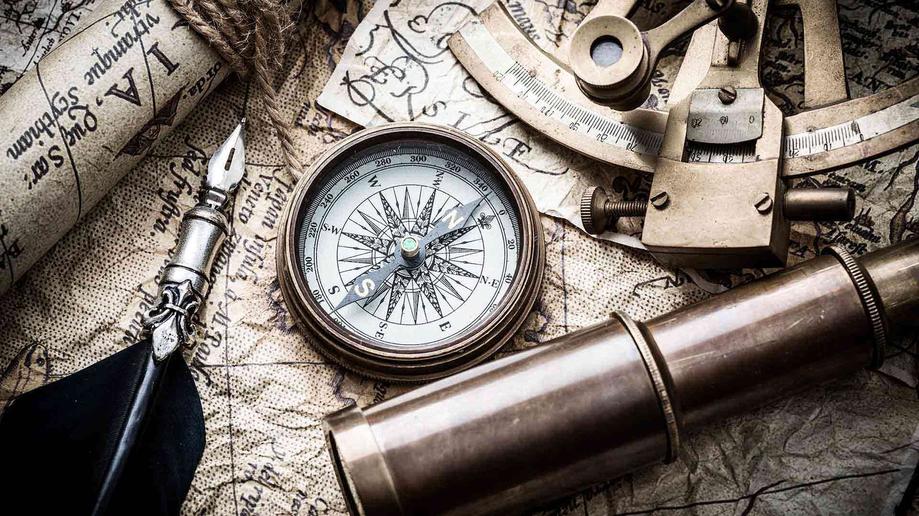
“Being gay” becomes recognized as a distinct identity only in the early 20th century, around the 1920s onward, as ideas about sexuality shifted from acts to fixed identities.
Before that, the concept of “being gay” in the modern sense simply didn’t exist. People didn’t think of sexuality as a fixed category. Instead, they understood sexual relationships and behaviors through the lens of gender presentation and social roles.

Curious? Let’s take a step back and explore how history’s views on same-sex attraction evolved to the modern idea of “being gay.” Spoiler alert: it wasn’t called “gay” back then.
The Pre-1920s World: Gender Roles Over Identities
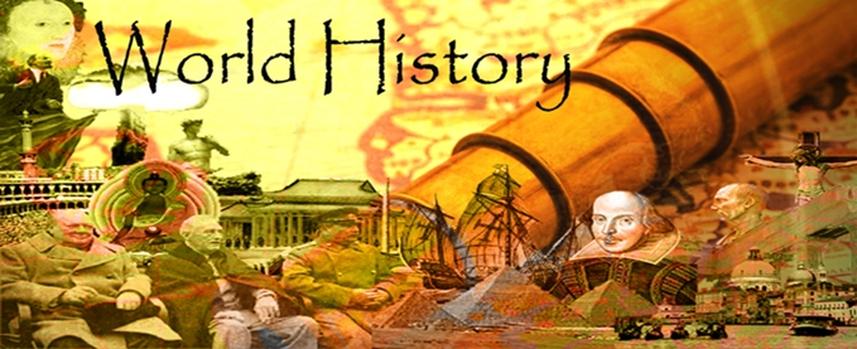
Back in the days before the 1920s, Western societies had very different ways of categorizing men who engaged in sexual activities with other men. Instead of thinking in terms of “homosexual” or “heterosexual,” people focused on gender expression and social roles rather than sexual identity.
There were three interesting categories among working-class men:
- Fairies: These men exclusively slept with other men and usually took the receptive role. Their feminine habits—like colorful clothes or feathers—marked them socially as a “third sex.” Because they embraced a feminine demeanor, masculine men could still keep their “manly” reputation by being the active partner with them.
- Queers: These men wanted to maintain masculine presentation but be clearly attracted to men. Their bold move separated attraction from gender presentation, challenging earlier norms that linked femininity to male-male attraction.
- Trade or Rough Trade: Considered “normal” straight men, often in rugged masculine jobs. They might engage sexually with fairies but maintained a masculine public image—masculinity was the gold standard.
This system shows that before the 1920s, what mattered most was how a man looked and behaved publicly, not who he was secretly attracted to. The idea of “sexual orientation” as a fixed trait was essentially absent.
But Why Did This Change in the 1920s-1940s?
The answer lies in social shifts and a pinch of middle-class anxiety. As women gained more public roles and entered traditionally male-dominated jobs, middle-class men grew insecure about their masculinity.
This period saw the rise of strict policing of male behavior. Men sought to prove their masculinity through strength and exclusivity in attraction towards women.
Bodybuilding and physical strength became popular among middle-class men who wanted to fend off the creeping uncertainty about losing their “manly” status. The idea of masculinity got tightly tied to having exclusive relations with women, positioning heterosexuality as a social must for “real men.”
Meanwhile, working-class men stuck mostly to the older model. For them, as long as a man avoided feminine traits, he could engage sexually with men without social disgrace. Gender expression held more social weight than the specific sexual act.
Where Does “Gay” Fit In?
The term “gay” as a label for homosexuality only entered the picture during the 20th century, *after* this new idea of sexuality as a fixed identity came into vogue.
Before then, “gay” had a bunch of unrelated meanings—from cheerful to bright-colored—but it wasn’t linked to sexual attraction. Once society began grouping people by their sexual orientations, “gay” naturally took on its new role.
This conceptual shift from “actions” to “identity” was massive. Suddenly, one wasn’t just doing certain things. One *was* a gay man or a heterosexual man.
Wrap-Up: The Timeline & What It Means
| Period | Dominant View on Male-Male Sexuality | Relation to Modern Concept of “Being Gay” |
|---|---|---|
| Before 1920s | Focused on gender presentation; “fairies,” “queers,” and “trade” defined roles in terms of feminine or masculine traits. | “Gay” as an identity did not exist; sexuality was seen as behavior, not identity. |
| 1920s-1940s | Shift toward fixed sexual identities due to cultural pressure, especially from middle-class male insecurities about masculinity. | Emergence of “gay” as a term for homosexual desire; identity rather than just behavior. |
This tells us that “being gay” is not just about who you are attracted to—it’s about how society understands and labels that attraction. The idea is more recent than you might think, shaped heavily by culture, class, and changing gender norms.
What Can We Learn?
When you think of “being gay,” consider that it’s a label born out of cultural shifts, especially the 20th century’s growing need to categorize people neatly. Before then, same-sex attractions existed, but the framework to define them as identities was missing or completely different.
Understanding this helps us see that sexual orientation is fluid, culturally influenced, and far from a static “thing” fixed in all times and places. It’s a social story that continues to evolve.
So next time someone asks, “When did being gay become a thing?”, you can tell them it’s a relatively modern invention—and a fascinating one at that! It reminds us just how much culture shapes even the deepest parts of human identity.
